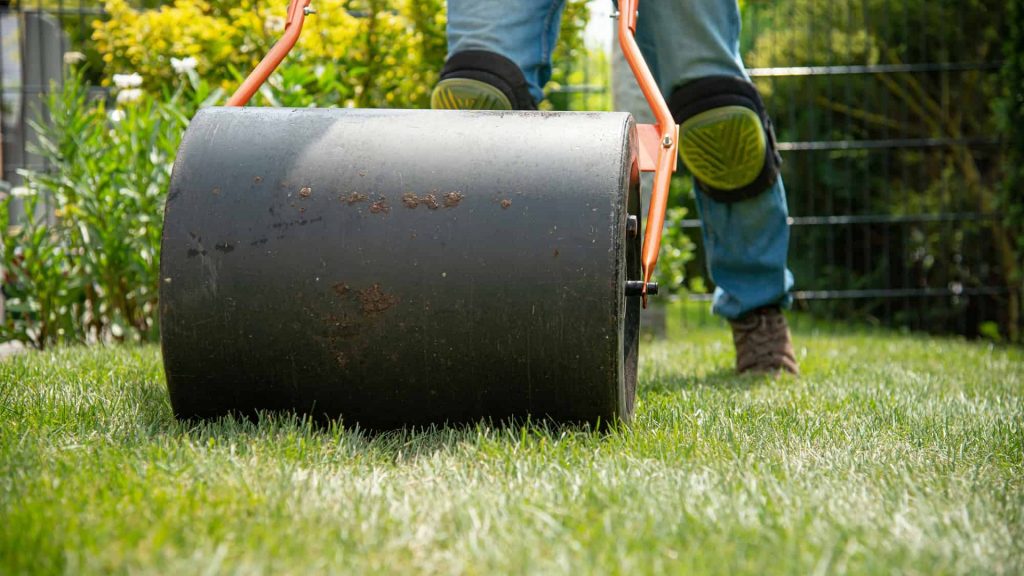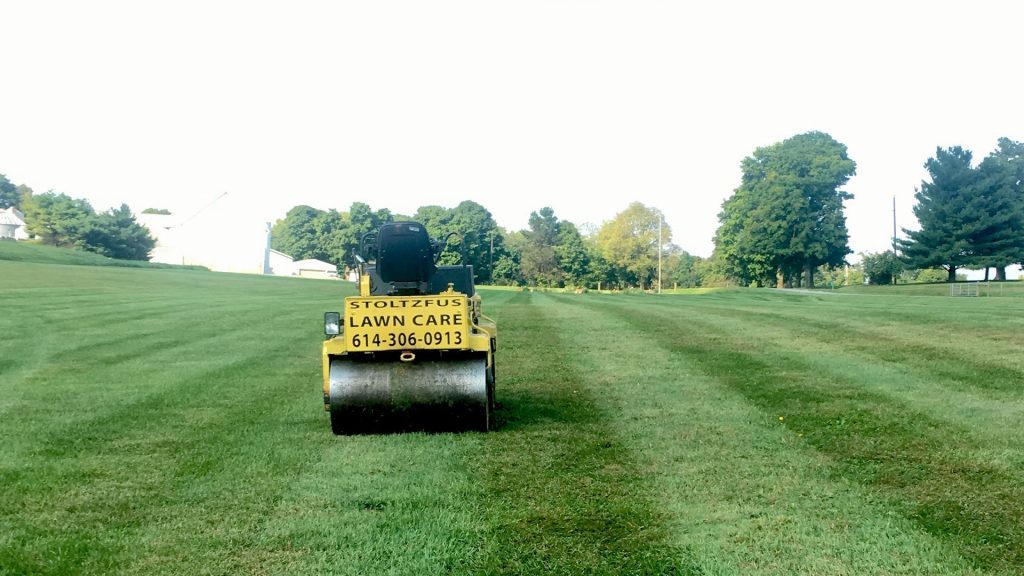
The Ultimate Lawn Rolling Guide
If you’re someone who takes lawn maintenance seriously, you probably already have a dependable lawn roller in your arsenal.
For those who don’t, learning the benefits of lawn rolling and how the process is done is essential if you want to take your lawn game to the next level.
What does a lawn roller do? A lawn roller is a weighted cylindrical device that’s pushed or pulled by a handle, and it rolls along with the lawn and evens out the soil. The purpose of a roller is to push seeds into the topsoil and level the ground without damaging the grass but to get this right it requires a specific type of roller and the correct timing.
To ensure you make the most of your roller, we’ve created this guide that answers any questions you might have about the rolling process.
We’ll look at the pros and cons, how to get the timing right, and what types of rollers would be best for your gardening maintenance.
What is Lawn Rolling?

A lawn roller is one of the lesser-known lawn tools out there, but it can bring loads of benefits to your grass.
The purpose of rolling the lawn is to push down and smooth the topsoil, giving your yard a more level appearance, but more importantly, it’s for seeding.
Using a lawn roller for the seeding process means it can help to push the seeds into the topsoil.
This gives them a better chance of making soil contact and improves the likelihood of germination, which are both helpful when trying to grow new grass or make your existing lawn more luscious.
A lawn roller is a tool used to do this task and although they come in different varieties, their most common form is a cylindrical shape attached to a handle, similar to what a small steamroller looks like.
The cylinder rolls onto the grass while being pushed or pulled by the operator as they hold the handle
Inside the cylinder, there’s usually some sort of weight, and this gives the cylinder the mass it needs to be able to compact the soil.
Some allow you to add more weight or remove some if required, but it depends on what your soil requires and how much effort you’re willing to put in as the operator.
How Do You Roll a Lawn?

The exact method used for rolling a lawn will depend on the device you’re using, but most follow the same steps. Here’s a general guide to how to roll a lawn so you can see what’s involved in the process.
- Choose the ideal time to roll the lawn when the soil is dry and not wet. Rolling should be done in spring if possible as this is when the grass will be coming out of dormancy and the roots will be strong.
- Prepare the grass that you’re going to roll by removing any weeds and their roots from the ground. The goal is to give the grass seeds room to sprout once they’ve been pushed down, so there should be room for them to grow.
- Soak the rolling cylinder of the roller in water as it can make it softer on the seeds while still delivering the weight it needs to push them down.
- Choose a corner of grass and start rolling in a horizontal line without stopping, then turn around and pass over it once more. Continue one until you’ve covered all of the grass that you planned on rolling.
- If it appears that the roller doesn’t have enough weight, you can add water or brick to it to help. Reading the manufacturer’s guidelines will give you the best method for doing this.
- After rolling, water the ground and continue to do this every day. Once you see that the grass has sprouted and is growing, you can slow down the watering schedule.
The Different Types of Lawn Rollers

Lawn rollers come in all shapes and sizes, so there’s one to suit every type of lawn and the person operating it. here are a few names you might see when describing lawn rollers and what they mean.
- Tow roller/pull roller: A tow behind lawn roller attaches to a tractor or other vehicle and is towed behind. These are only used for larger yards because they’re designed to cover a lot of ground.
- Push roller: The operator stands behind this roller and pushes it with a handle, much like a lawnmower. These are the most common rollers you’ll see used on domestic lawns.
- Heavy-duty roller: Usually made of concrete, heavy-duty rollers are more likely used in commercial settings or for large areas of lawn. Otherwise, poly and steel rollers are more common.
The Downsides of Lawn Rolling

The lawn rolling process isn’t all roses and sometimes it might not even be right for your type of lawn. If you’ve been thinking about giving this gardening project a go, consider what some of the potential downsides are before you jump into it.
- It’s possible to roll your lawn too often and do more harm than good. Rolling the lawn can stress the grass which will cause dead patches, so make sure you’re only doing it when it is absolutely needed. You should never roll the lawn more than once in 12 months.
- If not timed right, you can compact the soil underneath the grass too much when using a roller which will lead to poor growth of your grass. Avoid rolling when the soil is wet and heavy otherwise it can do serious damage.
- Check how much pressure is applied by the roller you choose, as some of the older models can be too much. If you’re using a concrete rolling device, it’s best to upgrade to one of the newer versions that give you all of the benefits without too much weight.
Renting vs Buying vs DIY Lawn Roller

Assembling a complete lawn care kit can get expensive and if you’re not sure how often you’re going to use the tools within it, you might even wonder if it’s worth it.
When it comes to a lawn roller, your three options are buying, renting, and DIYing, with each having its benefits.
The biggest benefit to buying alawn roller is that you own it forever and you can choose exactly what type of roller your lawn needs.
Otherwise, it’s possible to hire one whenever you plan on doing this gardening project, but considering the lower cost to buy one outright, it’s not always feasible.
Otherwise, you might like to try your hand at a DIY lawn roller with one of the many guides available online.
While it won’t be as professional as a store-bought roller, it could be enough to get the job done, and gives you a DIY project to tackle as well.
Can You Roll Grass Seed Without a Roller?
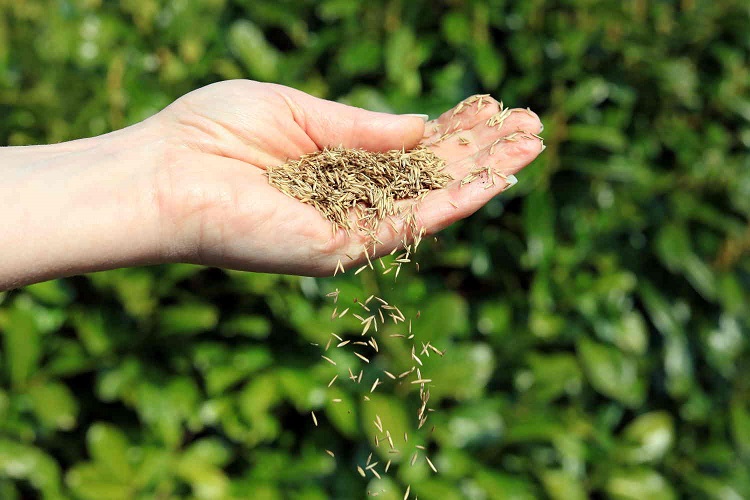
A lawn roller is a good investment if you take lawn maintenance seriously, but if you’re not able to get your hands on one for whatever reason, there are other ways.
These are some of the other options for compacting the soil after seeding that might help in the interim, but usually take a lot more effort than using a dedicated roller:
- Lay down a sheet of plywood on top of the area where you’ve just laid the seed and then walk around on top of it with a friend.
- A power rake can be used after aerating the lawn to reduce any bumps and unevenness of the ground.
- Use a plastic leaf rake to work the new seeds into the topsoil, helping them to get one to two inches underneath.
- Aerate your lawn at least once a year to break up soil and make it easier for seeds to make soil contact without having to use a roller.
Rolling Artificial Grass: Is It Necessary?
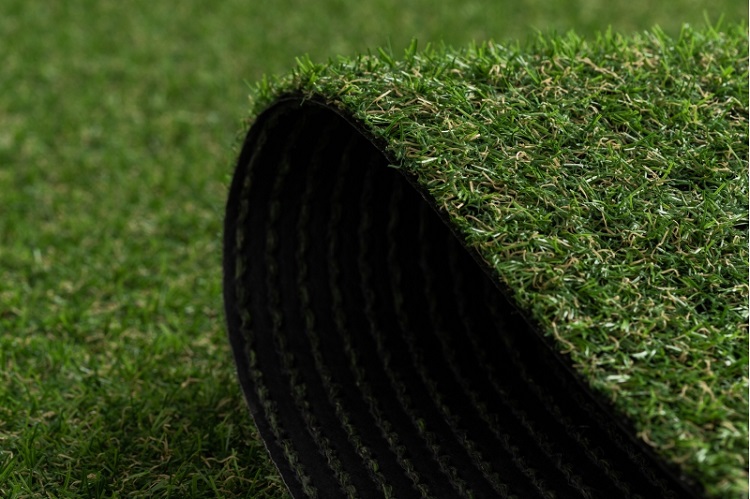
If your backyard is made up of artificial grass and it’s starting to look lumpy and uneven, you might think that reaching for the roller is a good idea.
However, the main purpose of a lawn roller is to help seeds make soil contact, and since there’s no need to seed artificial grass, it wouldn’t be worthwhile.
Using a weighted lawn roller over artificial grass is likely to damage it, as it’ll push the fake grass fibers down. As there’s no new seed growing underneath, this won’t be repaired naturally, so you should never roll over fake turf with a rolling device.
However, some people find that rolling the soil before laying down the artificial grass delivers good results. As long as you’ve filled in any holes with soil first, giving the area a once over with a weighted lawn roller can help to push it all down.
Then, once the grass is laid on top, it’ll be smooth and bump-free to enjoy.
Aeration and Lawn Aerator Rollers

A lawn aerator is a similar gardening tool in looks, but their purposes are quite different. Although it would be handy to be able to use an aerator and a roller together in one, they’re designed for different purposes so it wouldn’t be as effective.
A lawn aerator roller is also a weighted cylindrical device, but it usually features hollowed spikes that are pushed into the ground as it rolls along.
The purpose of this is to open up plugs of soil to reduce compact soil and make it easier to seed the lawn afterward.
A lawn roller should be used after the seeds have been cast, however, so combining it with the aerator simply wouldn’t work.
For the best results, you should have both tools in your gardening arsenal as it’ll ensure any new grass seeds that you sow have the best chance for germination.
Roll Your Way to a Healthier Lawn
Although lawn rolling is one of the more forgotten aspects of lawn maintenance, it’s an essential one if you want the healthiest and most luscious grass possible.
Now that you’re armed with all of the knowledge you need to roll, you’ll see huge benefits from putting a lawn roller to work on your grass.
Related Questions
A lawn roller is just one tool you should have in your arsenal for lawn maintenance, with many others that will keep it in good shape too.
If you want to find out more about what other supplies your grass might need to be its best, read on for a few commonly asked questions that can show you the way.
Do You Need a Lawn Aerator?
Although you only need to aerate your lawn once a year, it’s worth investing in a quality lawn aerator to do the job yourself, and they’ve never been more affordable.
You’ll save money from hiring a professional and will be able to choose the exact type of aerator your grass needs, to ensure the best results for your lawn.
Which Rake is Best For Lawns?
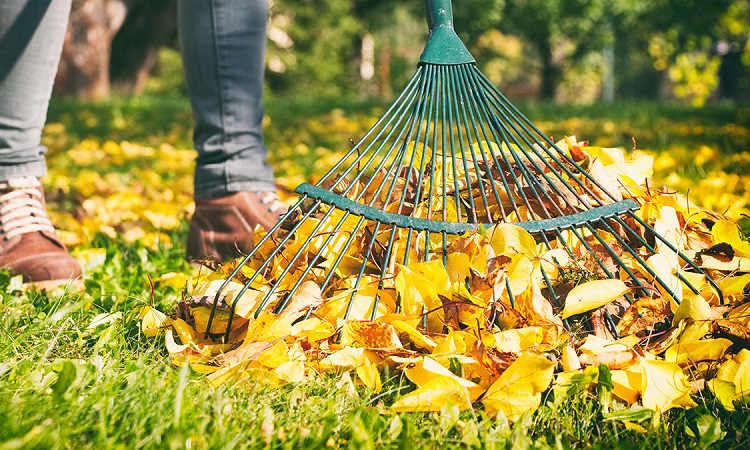
A lighter plastic rake is the best choice for removing light debris from the lawn, whereas a heavier metal rake is ideal for jobs like raking gravel or mixing fertilizer into the soil.
It’s best to have both types of rakes available so you can use the right one for the task at hand.
What is a Spreader for the Lawn?
A spreader is a device that helps you spread products like fertilizer and grass seeds onto the lawn, and it can make these jobs a lot easier.
There are a few different types of spreaders depending on the size of the product and how much lawn area you have to cover, so choosing the best fit for your yard is key.
Resources:

